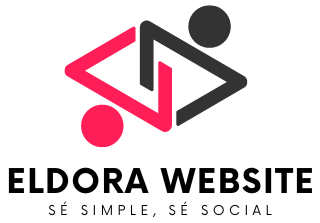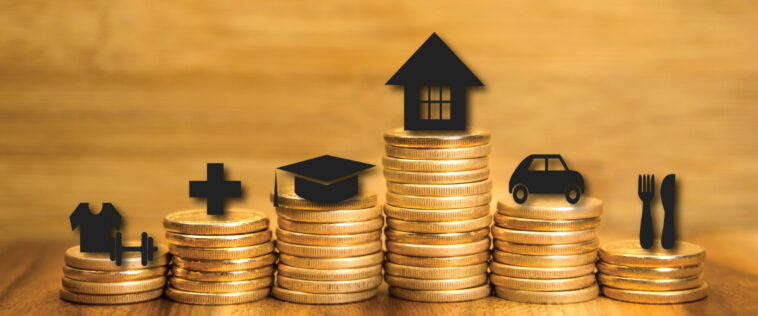Generally speaking, a loan is a debt that is lent to an individual or organization. The person borrowing the money is liable to pay back the principal amount borrowed plus interest until it is paid off.
Variable interest rates
Depending on the lender, the interest rate on a variable interest rate personal loan may be lower or higher than a fixed interest rate personal loan. It is important to understand the differences between the two types of loans.
A variable interest rate loan is a loan where the interest rate fluctuates over time based on economic benchmarks. Some loans are indexed to the federal funds rate and others are indexed to the London Interbank Offered Rate (LIBOR).
If the interest rate on a variable rate loan changes over time, the total cost of the loan may increase. In some cases, the interest rate may decrease, which will lower the amount of payments. Taking out a variable rate loan over a long period of time may lead to lower monthly payments. In addition, if you pay the loan off early, you may be able to avoid early repayment fees.
When deciding between a fixed and a variable interest rate, consider the benefits and risks. You should also take into consideration how long you plan to pay off the loan and whether you are prepared for interest rate increases.
If you have a fixed interest rate personal loan, your interest rate will remain the same for the life of the loan. This is a better option for some borrowers. In other cases, a variable interest rate may be better.
Generally, fixed interest rate loans are more expensive than variable rate loans. This is because the rate is fixed throughout the life of the loan. It is also important to remember that fixed rates often have higher initial interest rates than variable rates.
A variable interest rate loan is also riskier than a fixed rate loan. It is also possible to pay off the loan early and miss out on future rate reductions. In addition, a variable rate loan may have higher monthly payments.
Fixed-rate vs adjustable-rate loans
Choosing between a fixed-rate and an adjustable-rate mortgage is a big decision. Before you decide, consider your financial profile and your financial goals. Understanding the difference between these two types of loans can save you money in the long run.
Fixed-rate loans tend to be more expensive than variable-rate loans. However, they offer stability and predictability in the payoff schedule. They also allow you to make extra payments on the principal.
On the other hand, ARMs are more flexible and can be a good option for short-term loans or loans with a shorter payback period. They also offer lower introductory rates in the first years of homeownership.
However, ARMs can change based on trends in the market. They can also be a riskier financial decision. For example, if rates are expected to increase, it might make more sense to lock into a fixed-rate agreement. On the other hand, if rates are expected to drop, you may want to consider a variable-rate agreement.
A fixed-rate loan can also be a good option for those who want to pay off their loan quickly. However, the interest rate can be high, and the monthly payments can be unmanageable.
ARMs and fixed-rate loans offer similar term lengths. For instance, both can have a 30-year duration. However, ARMs have a rate cap, which limits the amount of interest rate that can change between adjustment periods.
In addition to considering the rate cap, you also need to consider the term length of your loan. A longer amortization period will increase the impact of interest rate changes. A shorter period will decrease the impact of interest rate changes.
The difference between a fixed-rate and an adjustable-rate loan is that with a fixed-rate loan, your interest rate remains constant for the entire duration of the loan. With an ARM, the rate goes up or down depending on the index.
Origination fees
Depending on your credit history and loan amount, you may be charged origination fees on your personal loan. These fees are charged by lenders to cover costs associated with loan processing and document verification. Some lenders waive the fee, while others may charge it up front as part of the closing costs.
Whether you are borrowing money for a new home, a car or other personal needs, you should shop around for the lowest interest rates and fees. If you have a good credit score, you may be able to get a loan without a fee.
Personal loans are usually unsecured, meaning you do not need to place any collateral on the loan. However, you will still need to pay interest on the loan amount. In addition to interest, you will also pay for origination fees.
Personal loan origination fees range from 1% to 8% of the loan amount. The fee is based on your credit history, loan amount and lender.
If you do not have a high credit score, you may find it difficult to get a personal loan. If you have a low credit score, you may be offered a loan with a high interest rate and a high origination fee. However, you may be able to raise your credit score and get a lower fee.
If you are buying a home, you will need to determine how long it will take you to pay off your loan. You will also need to calculate how much you can afford to spend on closing costs and home inspections. You will also need to consider how long you are going to live in your new home. If you choose a loan with a lower interest rate, you may be able to get fewer payments.
Bad credit
Whether you are looking for a loan to make repairs on your home, pay off high interest credit card debt, or meet emergency expenses, a bad credit personal loan can help you get the money you need. These loans are designed for people with bad credit and offer industry-best interest rates.
Bad credit personal loans are easy to apply for. You can apply for a loan online and have it deposited directly into your bank account. This makes it easy to get the money you need without having to travel to a lender’s office.
The best bad credit personal loans offer flexible payment options. You can choose how much you want to borrow, how much interest you want to pay, and how long you want to pay it back. These loans also offer debt consolidation services.
Bad credit personal loans come in both unsecured and secured forms. Unlike unsecured personal loans, secured loans require collateral. The lender has the right to seize your property if you fail to repay the loan.
Bad credit personal loans are available from anywhere with internet access. Applying online is convenient, and you never have to meet a lender in person.
Bad credit personal loans are a great way to get the money you need to keep your life on track. The key is to be aware of the disadvantages and consequences of taking out a loan, and to crunch the numbers. The worst case scenario is that you may have to pay additional fees if you don’t make your payments on time.
Bad credit personal loans are offered by many lenders. However, it’s important to find a lender that offers a range of loan options. It’s also important to check the terms of each loan to ensure that you’re getting a deal.
Consolidating debts
Whether you are trying to pay off a credit card debt, or you want to consolidate a collection of credit cards, a personal loan may be the solution. The benefits of consolidation include lower interest rates, lower monthly payments, and the ability to spread out payments over a longer period of time. However, there are risks to consider as well.
First, consider your credit rating. If your score is lower, you may have a harder time getting a debt consolidation loan. On the other hand, if your score is higher, you may be able to get a lower interest rate.
If you have a balance transfer credit card, you can use it to consolidate your debts. These cards typically have an introductory 0% APR for 12 to 21 months. After the introductory period, the card will revert to the regular APR. This can be a great way to consolidate debt, but be sure to keep an eye on your credit score to make sure you don’t wind up with a higher interest rate than you were originally able to pay.
Next, you want to consider your debt-to-income ratio. This ratio is calculated by dividing your total outstanding debt by the number of adults living in your state. The higher your income, the more likely you are to be able to comfortably make the new monthly payment. If you can’t afford the new payment, you may want to consider another debt management strategy.
Lastly, it’s important to consider the fees associated with a personal loan. These can be significant, and they can make the consolidation process more expensive.
You should also consider the length of the loan term. If you extend the loan, you will have more interest to pay over the life of the loan. However, if you can make the extra payments, you may be able to pay off the debt sooner and save more money in the long run.



